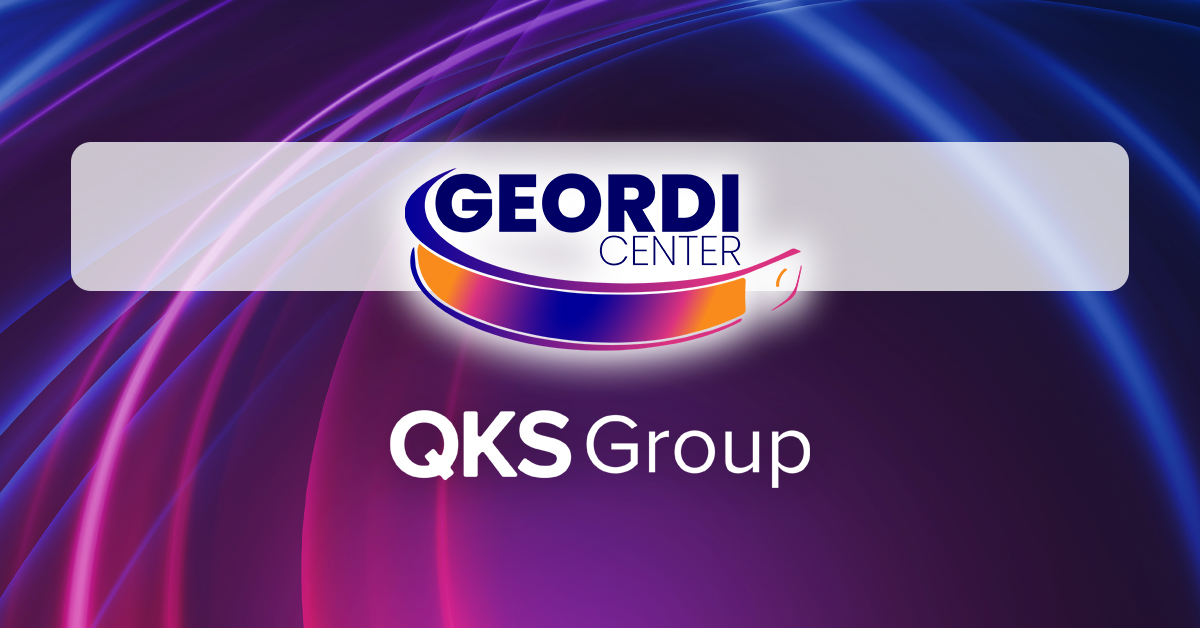- Managed Services and IT Support
- DEX


David Krauthamer • Staff Writer
The Significance of Experience
No matter where we go or what we do, in the real world or online, the anticipation and expectation of a good experience are what draw us. Every day, with the swipe of a finger, access to all the world’s knowledge and the experiences of others drive our decision-making, thoughts, and actions in both our work and personal lives.
For businesses, since the pandemic, experience has taken on new significance, adding additional layers of complexity to an already shifting landscape. Two of the most important and often confused experience areas for companies are Employee Experience (EX) and Digital Employee Experience (DEX).
EX vs. DEX
While EX and DEX are complementary and there’s overlap between the two, the main difference is the business unit responsible. EX is more often associated with the Human Resources (HR) aspects of an organization, while the responsibility for DEX lives with IT.
EX is all about how an employee thinks, feels, and ultimately succeeds throughout the entirety of their journey with an organization – it’s about every touchpoint. DEX, according to Gartner, “focuses on how technology affects the total employee experience.” As an IT managed services provider (MSP), we live this every day.
Managing the Digital Experience
At Compucom, we believe that technology and technology support have the power to make or break the employee/end-user experience. That’s why we have invested in tools and technologies designed to efficiently and effectively manage and improve our customers’ digital employee experience.
Our term for this is Digital Experience Management (XM). XM focuses on continuously improving DEX through the monitoring and in-depth analysis of employee interactions with technology and technology support. This data provides actionable insights that allow us to recommend, implement, and improve DEX for our customers.
The Four Dimensions of Digital Experience Management
XM focuses on improving productivity, collaboration, and the overall satisfaction users have with digital workplace technologies. These improvements have a direct effect on the total EX within an organization.
Compucom identifies four major dimensions of XM that provide the data and insights to drive measurable results and service improvements for the ideal hybrid workplace. They center around making sure employees feel:
- Technology-enabled: they are able to work the way they want and have what they need
- Self-Sufficient: they have the ability to complete most tasks independently
- Well-Supported: they have the support they need, when and where they need it
- Workplace Flexibility: they can be productive and secure, regardless of work location
“Each dimension is really a view of a set of indicators with a corresponding score. Each rate an important aspect of an employee’s perceived ability to work productively. Through these four dimensions, reporting is enriched, and XM is more easily matched to your business goals and outcomes.”
Troy Baldwin, Compucom’s Director of Digital Experience Management
Each of these dimensions presents an opportunity to measure and improve an aspect of an employee’s experience and drive service changes that directly improve DEX/EX across the full range of our workplace services – including Digital Support, Device Lifecycle, Infrastructure, Cloud and Security, and Enterprise Endpoint Management.
Putting Experience First
Even before the pandemic, employee experience was a hot topic. Now, with the rapid pace of change and the distributed workplace/workforce, experience has become a top priority of forward-thinking organizations.
At Compucom, the end user and their digital experience always come first. That’s why we make Experience Management a part of everything we do, helping you to get the most from your technology and talent investments.
Thank you for reading the first blog of our Digital Experience Management series. In our next post, we’ll dive deeper into the “Four Dimensions of Digital Experience Management,” starting with the technology-based dimensions of Technology-enabled and Workplace Flexibility.
The Digital Experience Series:
RecenT

Maturity Assessments Set a Clear Path to IT Modernization

Opportunity in Uncertainty: Leveraging Data for Fearless Decision-Making

Opportunity in Uncertainty: Turning 6 Top IT Challenges into Strategic Advantages

Navigating Uncertainty: Mitigate Risk and Unlock Opportunity with Strategic IT Sourcing

Future-Ready IT: Strategies to Optimize, Adapt, and Lead Through Uncertainty

Reimagining IT with the FLO Framework: Inside Compucom’s Geordi Center for Interactive Managed Services and Digital Workplace Solutions
TOPICS
Digital Experience Management: What it is, Why it Matters
- Managed Services and IT Support
- DEX

David Krauthamer • Staff Writer
The Significance of Experience
No matter where we go or what we do, in the real world or online, the anticipation and expectation of a good experience are what draw us. Every day, with the swipe of a finger, access to all the world’s knowledge and the experiences of others drive our decision-making, thoughts, and actions in both our work and personal lives.
For businesses, since the pandemic, experience has taken on new significance, adding additional layers of complexity to an already shifting landscape. Two of the most important and often confused experience areas for companies are Employee Experience (EX) and Digital Employee Experience (DEX).
EX vs. DEX
While EX and DEX are complementary and there’s overlap between the two, the main difference is the business unit responsible. EX is more often associated with the Human Resources (HR) aspects of an organization, while the responsibility for DEX lives with IT.
EX is all about how an employee thinks, feels, and ultimately succeeds throughout the entirety of their journey with an organization – it’s about every touchpoint. DEX, according to Gartner, “focuses on how technology affects the total employee experience.” As an IT managed services provider (MSP), we live this every day.
Managing the Digital Experience
At Compucom, we believe that technology and technology support have the power to make or break the employee/end-user experience. That’s why we have invested in tools and technologies designed to efficiently and effectively manage and improve our customers’ digital employee experience.
Our term for this is Digital Experience Management (XM). XM focuses on continuously improving DEX through the monitoring and in-depth analysis of employee interactions with technology and technology support. This data provides actionable insights that allow us to recommend, implement, and improve DEX for our customers.
The Four Dimensions of Digital Experience Management
XM focuses on improving productivity, collaboration, and the overall satisfaction users have with digital workplace technologies. These improvements have a direct effect on the total EX within an organization.
Compucom identifies four major dimensions of XM that provide the data and insights to drive measurable results and service improvements for the ideal hybrid workplace. They center around making sure employees feel:
- Technology-enabled: they are able to work the way they want and have what they need
- Self-Sufficient: they have the ability to complete most tasks independently
- Well-Supported: they have the support they need, when and where they need it
- Workplace Flexibility: they can be productive and secure, regardless of work location
“Each dimension is really a view of a set of indicators with a corresponding score. Each rate an important aspect of an employee’s perceived ability to work productively. Through these four dimensions, reporting is enriched, and XM is more easily matched to your business goals and outcomes.”
Troy Baldwin, Compucom’s Director of Digital Experience Management
Each of these dimensions presents an opportunity to measure and improve an aspect of an employee’s experience and drive service changes that directly improve DEX/EX across the full range of our workplace services – including Digital Support, Device Lifecycle, Infrastructure, Cloud and Security, and Enterprise Endpoint Management.
Putting Experience First
Even before the pandemic, employee experience was a hot topic. Now, with the rapid pace of change and the distributed workplace/workforce, experience has become a top priority of forward-thinking organizations.
At Compucom, the end user and their digital experience always come first. That’s why we make Experience Management a part of everything we do, helping you to get the most from your technology and talent investments.
Thank you for reading the first blog of our Digital Experience Management series. In our next post, we’ll dive deeper into the “Four Dimensions of Digital Experience Management,” starting with the technology-based dimensions of Technology-enabled and Workplace Flexibility.
The Digital Experience Series:
Recent Blogs

Maturity Assessments Set a Clear Path to IT Modernization

Opportunity in Uncertainty: Leveraging Data for Fearless Decision-Making

Opportunity in Uncertainty: Turning 6 Top IT Challenges into Strategic Advantages

Navigating Uncertainty: Mitigate Risk and Unlock Opportunity with Strategic IT Sourcing

Future-Ready IT: Strategies to Optimize, Adapt, and Lead Through Uncertainty




